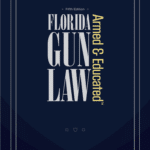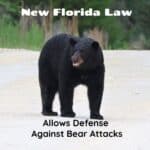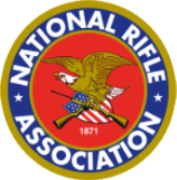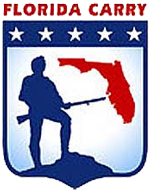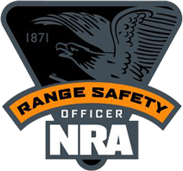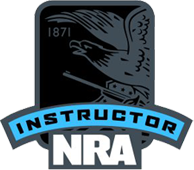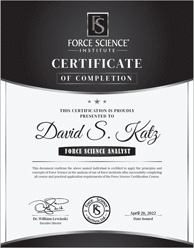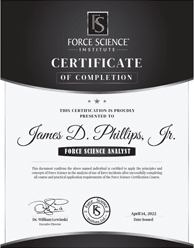
- December 24, 2018
- |
- Self Defense,Self Defense FAQ,Use of Force
How does Florida Law Define Force & Deadly Force?
By David S. Katz
Force
There is no specific definition of “force” in Florida’s “Justifiable Use of Force” chapter. (Florida Statutes §776.012(1)).
Florida Standard Criminal Jury Instruction 3.6(g) defines non-deadly force as “force not likely to cause death or great bodily harm.” If we boil this definition down, force may be described as unwanted physical contact that will not cause a person to die or sustain great bodily harm. What about displaying a firearm in order to deter an attack? A firearm is a deadly weapon capable of causing death or great bodily harm. Does pointing a gun at someone amount to the use of deadly force as opposed to mere force? No, pointing a gun without firing it is considered force, not deadly force. Rivero v. State, 871 So.2d 953, 954 (Fla. 3d DCA 2004). What about waving a gun around? The act of waving the gun is also considered force, not deadly force. Id. In fact, Florida Courts have held that the act of putting a gun to another person’s head is only the use of non-deadly force, unless you pull the trigger. The Fifth District Court of Appeal of Florida wrote, “the mere display of a gun, or even pointing a gun at another’s head or heart without firing it, is not deadly force as a matter of law.” Jackson v. State 179 So. 3d 443 (Fla 5th DCA 2015).
Deadly Force
Now that we know what mere force means, let’s discuss the concept of “deadly force.” Florida Standard Criminal Jury Instruction 3.6(f) defines deadly force as force likely to cause death or great bodily harm. Deadly force does not have to cause death!
The term “deadly force” seems to have a pretty straight forward definition. But, the term is a little trickier than what first meets the eye. Death is not a requirement of deadly force. Inflicting great bodily harm on another is considered the use of deadly force under the law. So how much harm is required to enter into the realm of great bodily harm? A Florida court described it as more than “slight, trivial, minor or moderate harm [and][a]s such, does not include mere bruises…” Heck v. State, 774 So.2d 844, 845 (Fla. App. 2000). Facial fractures, a fractured leg, and scars have all been determined to constitute great bodily harm by Florida courts. Id. It appears that broken bones, loss of an organ function, and disfigurement would all be considered great bodily harm in the context of use of force.
Any time a gun is fired, under Florida law, deadly force has been used. Even if you intend to only draw your weapon to discourage an attack and accidentally (negligently) discharge the weapon pulling it from your holster, Florida Law holds that you have used Deadly Force. Hosnedi v. State 126 So. 3d 400 (Fla. 4th DCA 2013). This applies to warning shots also. A Warning shot may only be fired in Florida if you have a right to use Deadly Force. Even if your gun is pointed straight down by your side, if you fire, you have used deadly force.
Get in touch

"*" indicates required fields
Copyright © 2022-2025 The Firearm Firm All rights reserved.

